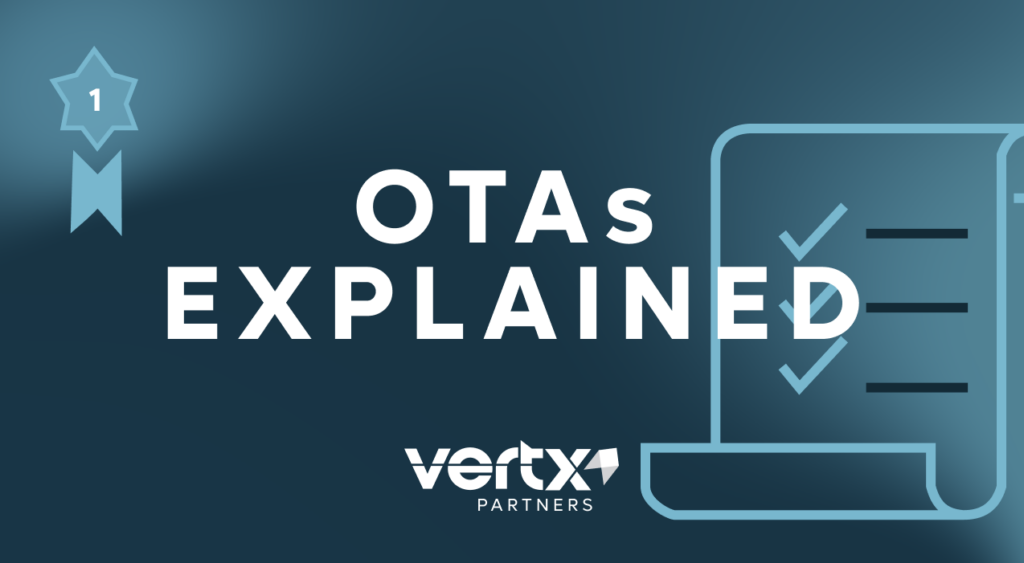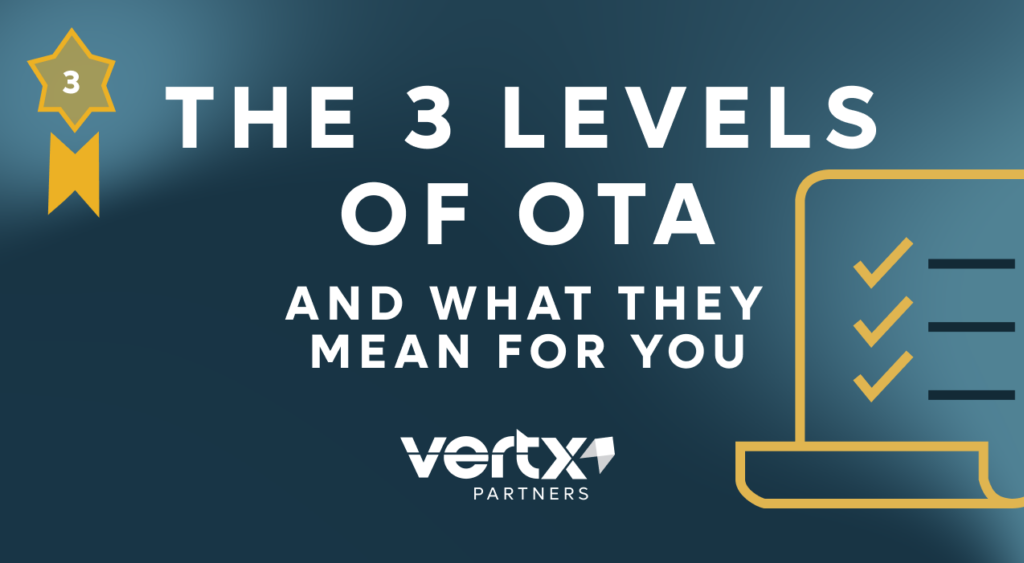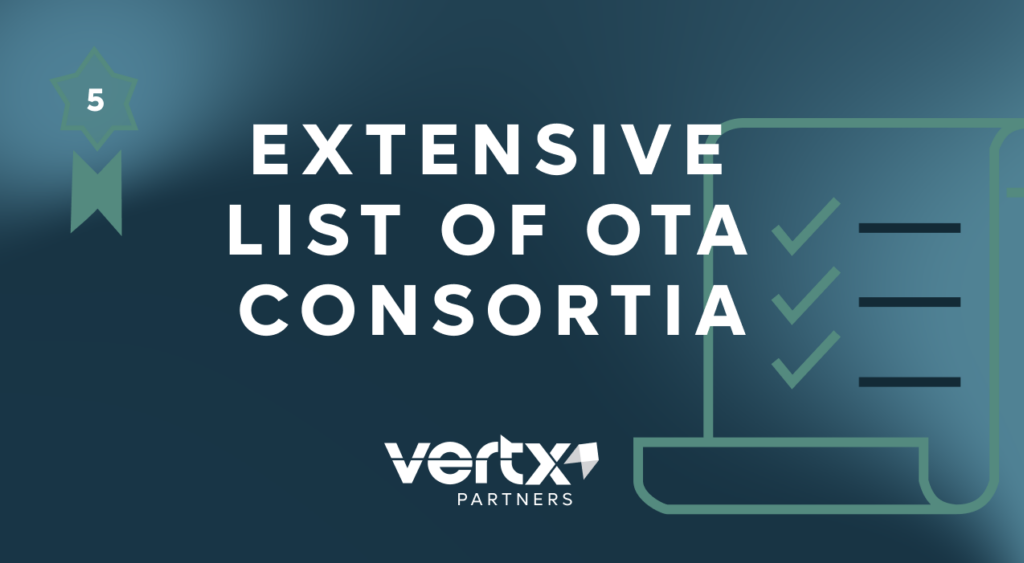As part of Vertx Partners’ series showcasing the basics of Other Transaction Agreements, we highlight five OTA success stories.
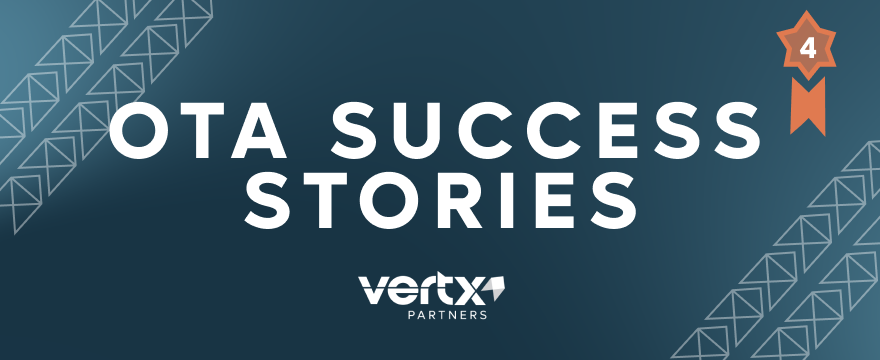
Other Transaction Authority (OTA) Resources
This is resource four of five from Vertx Partners available about OTAs. You can find the other resources, including a comprehensive list of all OT Consortia, below.
At Vertx Partners, we believe results speak for themselves. Platitudes and promises of success are one thing – real-world success stories where ideas have come to life are another.
As we discussed in our Vertx Guide to OTAs, OTA (or Other Transaction Authority) gives the U.S. Department of Defense (DoD) the ability to adopt procedural processes reflecting current industry standards and best practices. This process encompasses research, prototype, and production projects the DoD partners with small businesses to complete.
In this guide, we explore a handful of case studies showcasing how small businesses become involved with Other Transaction Agreements, their roles, and how these agreements benefit them.
Here are five OTA success stories for your consideration:
1. Pivotal Software Inc. (acquired by VMware)
In May 2017, the Air Force submitted a solicitation for a prototype Air Operations Center (AOC) cloud software. This software was essentially a means of re-platforming older software onto cloud-based servers more amenable to upgrades and modifications. Within three weeks, the Air Force chose San Francisco-based company Pivotal Software Inc. on the basis of a review process that involved first the submission of a short white paper for review and then a “start-up-style pitch.”
With Pivotal chosen, an agreement was struck, and the company was assigned a contract office that served as a middleman between the business and the AFLCMC. (Air Force Life-Cycle Management Center, a sponsor of multiple consortia discussed in our OT Consortia guide.) The Air Force awarded Pivotal a single 12-month award a few months later to develop the AOC cloud prototype.
The prototype was a success. Years later, its full-scale implementation still saves the Air Force an estimated $1 million daily in operation costs.
2. Blue Origin, LLC
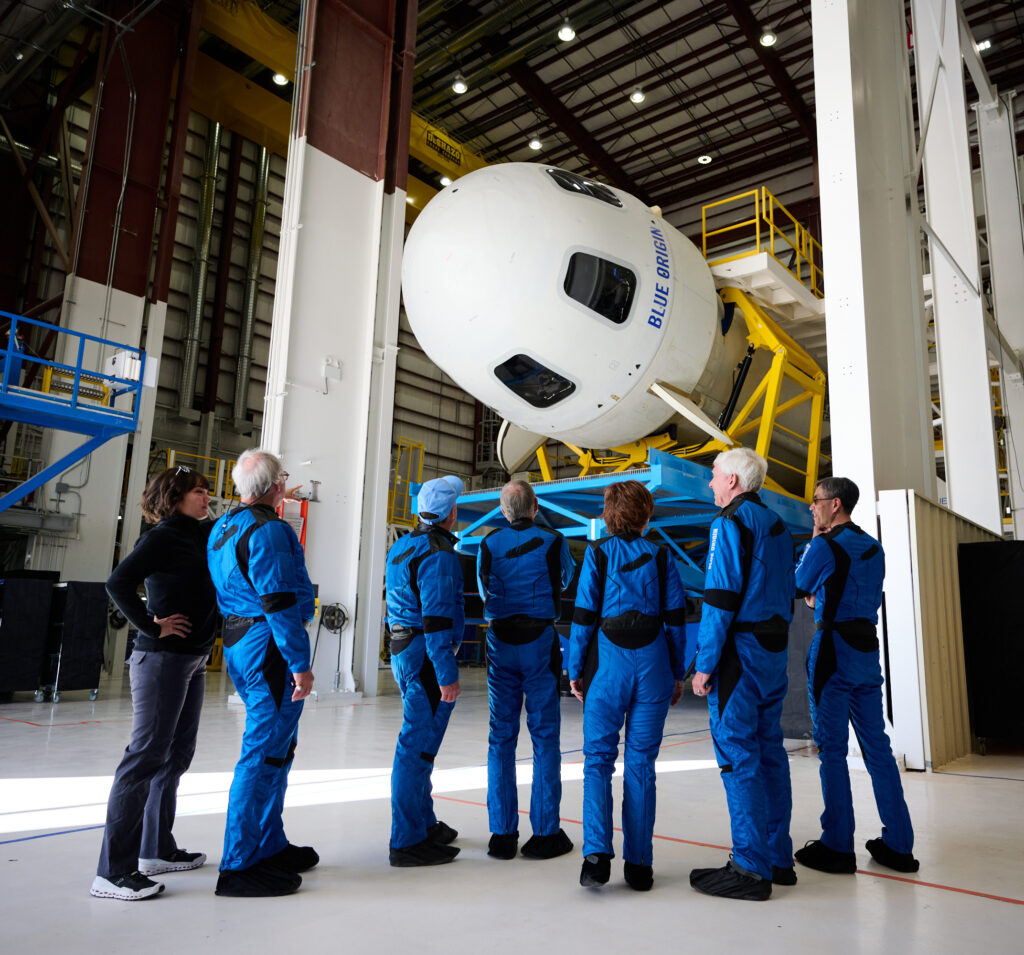
In 2015, a congressional mandate seeking to shore up American supply lines and keep rocket production domestic required the DoD to develop a rocket propulsion system (RPS) that could be made in the United States by 2019. Crucial rocket parts had been sourced from Russia for many decades beforehand. The Air Force cast a wide net in search of a potential contractor who could fulfill their needs. This approach turned out beneficial by revealing the then-largely unknown Blue Origin.
Blue Origin signed an OT agreement with the Air Force, and the solicitation ended up being subdivided between four separate teams executing specific milestones within the race to develop a new RPS. OTs – and here is a novel example that was congressionally mandated – are, again, flexible contracts that allow for on-the-fly adjustments. This adjustment ended up benefiting the Air Force and its commercial partner. Follow-on OTs were recently awarded to Blue Origin for its successful contract completion.
3. Technical Direction Inc.
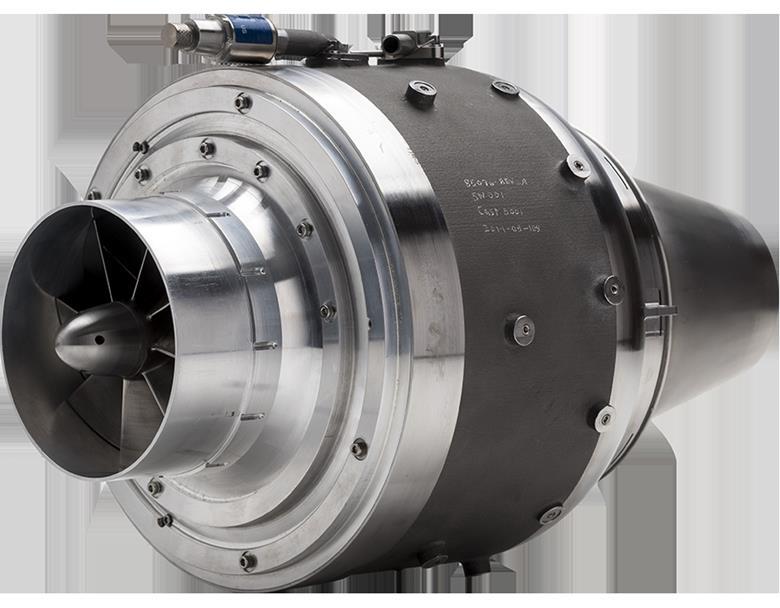
Our next case study also comes out of 2018 and presents an interesting scenario highlighting OT contracts’ versatility. In particular, the Air Force Research Lab (AFRL) approached the nontraditional contractor in question, Technical Direction, to improve cost inefficiencies in the development of engines it made. Sole source “solicitations” occur on occasion. As Technical Direction is one of the few companies that develop the engine AFRL was after, AFRL drew up the OT with them in mind.
Technical Direction used the $1.2 million OT agreement to cut down on inefficiencies in manufacturing their Grey Wolf missile engine, aiming to halve the per-unit cost. And because they were a nontraditional contractor, no cost-sharing was necessary. The success of this OT drove down the cost of the engine by almost $14,000 (about half of its original cost). This was a textbook successful contract implementation.
4. Advanced Technology International
In 2017, Space Systems Command – at that time known as the Space and Missiles System Center – saw the need for an OT Consortium that focused exclusively on space. They released a solicitation calling for a manager of this proposed consortium, dubbed the Space Enterprise Consortium (SpEC). Advanced Technology International, a non-profit entity, was chosen to head SpEC. The agency based its decision on Advanced Technology’s planned management strategy that used a cooperative committee approach where board members are voted in by consortia members.
OT solicitations don’t exclusively call for the services of a contractor who develops a contract. Industry best practices pave every level of the OT process except for the highest echelons in the public sphere. Thus, this is how organizations like Advanced Technology gain appointed positions within the transaction chain.
5. Applied Minds, LLC
This OTA was awarded in 2018 when the Space Systems Command – again, at the time known as the Space and Missiles System Center – submitted a solicitation through the Consortium for Command, Control, Communications, and Computer Technologies (C5). Afterward, the agency awarded Applied Minds funds to develop a concept for a facility that interested the Space Systems Command. This facility could expand the use and analysis of remote data collected from satellites.
The agency awarded Applied Minds $2.1 million to work closely with its federal contacts to design and build this facility which is still in use today. This case study then shows us the need for daily communication between a small business and its Technical Point of Contact (TPOC), the representative who ensures the project meets the precise requirements entailed by such agreements.
These are just five examples of innovative problem-solving funded through Other Transaction Agreements. As you can see, each has made its mark in several ways, whether through software, engineering, or logistical needs. Several of these entities have even become managerial bodies in the OT process. This fact is thanks to the versatility of OTAs.
Vertx Partners will continue to tell stories of small businesses making significant strides with federal funding. In addition to OTA success stories, you can read other success stories here, here, and here. You can also find our other OT and OTA-inspired articles at the top of the page for more information. If what you’ve read here inspires you, contact Vertx Partners today. By filling out our 6-minute survey, you ensure that one of our experts will be in touch within 48 hours.
Become an Innovator With Us
Tell us about yourself, answer a few questions, and hit submit. It’s as easy as that to get started.

